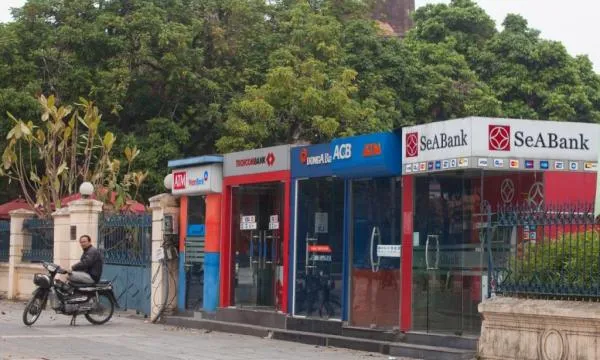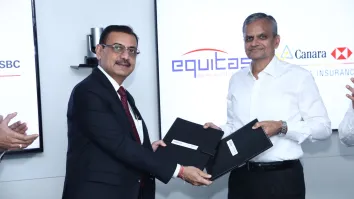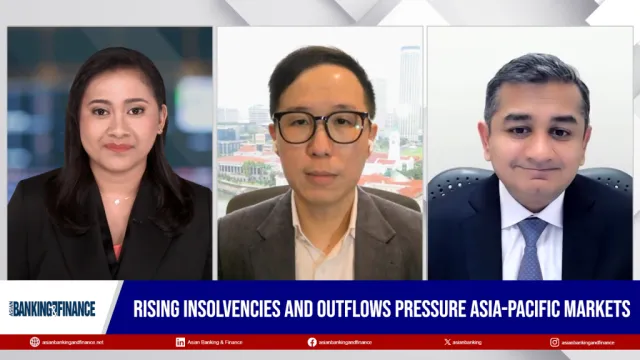
Vietnamese banks' war against bad debt pays off
Lower credit costs lifted average operating profit/risk weighted assets from 1.6% in 2017 to 2.2% in H1 2018.
Vietnamese banks enjoyed higher levels of profitability in the first half of 2018, according to Fitch Ratings, as the sector’s intensified effort against non performing loans boosted sector earnings.
Stronger net interest income and lower credit costs boosted weighted-average operating profit/risk weighted assets of Fitch-rated banks from 1.6% in 2017 to 2.2% in H1 with Asia Commercial Bank (ACB) enjoying soaring profitability levels after cleaning up its legacy exposures since 2012.
“Net interest margins (NIM) improved further and asset quality remained relatively stable in 1H18 for Vietnamese banks rated by Fitch Ratings, which boosted overall profitability to recent highs,” the credit rating agency said in a report.
Weighted-average problem loan ratio also fell from 3.4% in 2016 to 1.9% at end-June as banks were able to clean up their bad debt profiles in line with a government target of bringing the bad debt ratio below 3% by 2020. Reserve coverage for problem loans has improved across the board.
Also read: Vietnamese banks step up bad loan disposal via auction
“We estimate total NPLs would have declined to 7.9% by the end of 2017 from 8.6% in Sep’17, which we expect will decrease further to 6.1% by end-2018,” Maybank Kim Eng said in an earlier report.
Bank loan/deposit ratios along with cost of funds have also remained stable in H1 2018, bearing good news for banks’ growth prospects.
The shift towards higher-yielding retail loans also boosted the banks’ net interest margins (NIMs), a key measure of profitability. Vietcombank, ACB and Military Bank all enjoyed higher NIMs in H1 as they took advantage of the country’s growing affluent market and improving sentiment in the property market to cement the near-term growth outlook.
“We expect banks’ improvements to be sustained by lower credit costs, strong loan growth and improving NIMs, barring any major unforeseen economic shocks.”
The lone exception to the higher NIM trend was Vietinbank who was weighed down by its weaker liquidity profile, pushing NIMs to fall from 2.84% in 2017 to 2.7% in H1.
Unrestrained credit growth, however could be the next big risk to Vietnamese banks’ asset quality as the rapid pace of lending drains banks already-depleted capital, cautioned Fitch. The banking system could face a shortfall of almost $20b or around 9% of GDP by 2020, data from Fitch show.
Also read: Capital crunch clouds Vietnamese banks' stellar half-year profit results
Banks have been stepping up capital issuance over the past year to improve their capitalisation levels with large banks raising around $1.7b in equity capital in 2015-2017. “The capital needs of the whole banking system could be as much as three times larger than that of Fitch-rated banks, which accounted for 40% of total system assets at end-2017,” added Fitch.
Without external capital injections, the Tier 1 capital adequacy is poised to fall to 8% for JSCBs and 6.1% for SOCBs by end of 2019, from 9.4% and 6.9% at the end of 2017, data from Biinform Ratings show.


















 Advertise
Advertise










